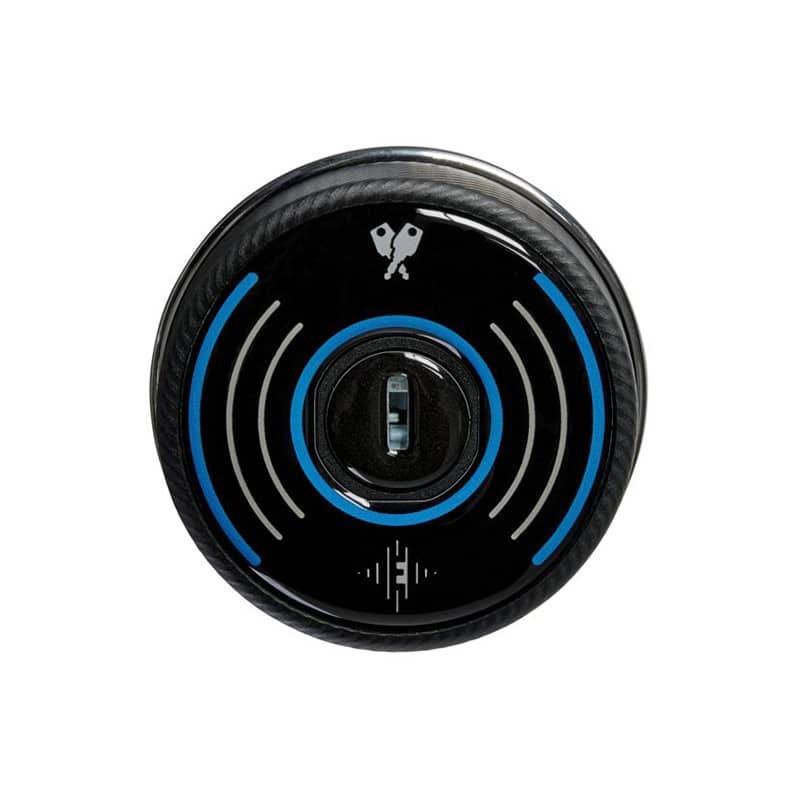-
MenuBack
-
Outputs
-
-
-
-
-
Others products
-
- Déstockage
-
Business sectors
-
-
-
-
Industry
-
-
-
Who are we?
-
- Blog
- Contact us

The security and sturdiness of your metal checkroom or locker depend on the right choice of lock. At Akaze, specialists in metal furniture for professionals, we offer a wide range of locks to suit every need: key locks, padlocks, electronic locks, code locks and deposit locks.
This article guides you through the essential criteria for choosing the ideal size and type of lock, with an emphasis on security, solidity and durability.
Why choose Akaze locks?
With over 20 years' experience, Akaze stands out for the quality, strength and reliability of its locks, designed to offer optimum security and resistance to corrosion and wear. Our locking solutions are specifically tailored to the needs of professionals, ensuring effective, long-lasting closure for any metal locker, locker, or metal cabinet.
The different types of locks and their advantages :
- Key lock: Akaze's key lock offers a classic, reliable locking solution, ideal for lockers requiring simple yet effective security. It's perfect for environments where key management is not a constraint.
- Padlock: This option offers maximum flexibility, allowing users to use their own padlock to secure their locker. It is ideal for shared spaces where users prefer to use their own locking solution.
- Electronic lock: Offering an advanced level of security, Akaze's electronic lock enables keyless locking, with advanced customization and access control options to suit every industry.
- Coded lock: The coded lock eliminates the need for physical keys, facilitating access while maintaining robust security. It's an ideal solution for shared or public lockers.
- Locker lock: Designed for environments requiring key management via a coin-operated or locker system, this lock combines practicality and security in spaces such as swimming pools, gymnasiums or schools.
Choosing the lock size
Choosing the size of your lock is a crucial element in guaranteeing the security and sturdiness of your metal locker. Here's how to approach this strategic choice:
Evaluate available space
To ensure a perfect fit between the lock and your metal cabinet or locker, precise measurement is essential. Focus on what to measure:
- Door depth : Particularly for steel doors, depth is crucial in determining the correct size of the lock cylinder. Inadequate depth can compromise the lock's security and integrity.
- Existing hole : Measure the diameter and depth of the hole left by the existing lock. This will indicate whether replacement will require enlarging this hole to accommodate a new lock.
- Akaze support : If you have any difficulties or questions about measurements, Akaze is here to help. Contact us, and one of our experts will guide you on how to measure properly to choose the right lock for your needs.
.jpg)
Select according to lock type
The size required for your new lock will vary greatly depending on the type of lock you choose. For example, an electronic lock will generally require slightly more space for the installation of its electronic components than a more traditional key lock.
At Akaze, our diverse catalog of locks includes options to suit all metal cabinet and locker configurations and dimensions. We invite you to visit our website to explore our range and identify the lock that will perfectly meet your expectations in terms of functionality and dimensions.
Consider safety and resistance
Opting for the right size lock is crucial not only for the aesthetic and functional integration within your locker or metal cabinet, but also for its security and resistance. A perfectly sized lock provides a robust installation, reducing the risk of weakening the door and leaving it vulnerable to intrusion or damage.
What's more, the right choice of lock helps prevent corrosion and premature wear, ensuring a longer life for your equipment. Akaze locks are specially designed to offer optimum security, while remaining extremely resistant to the most rigorous conditions of use.







